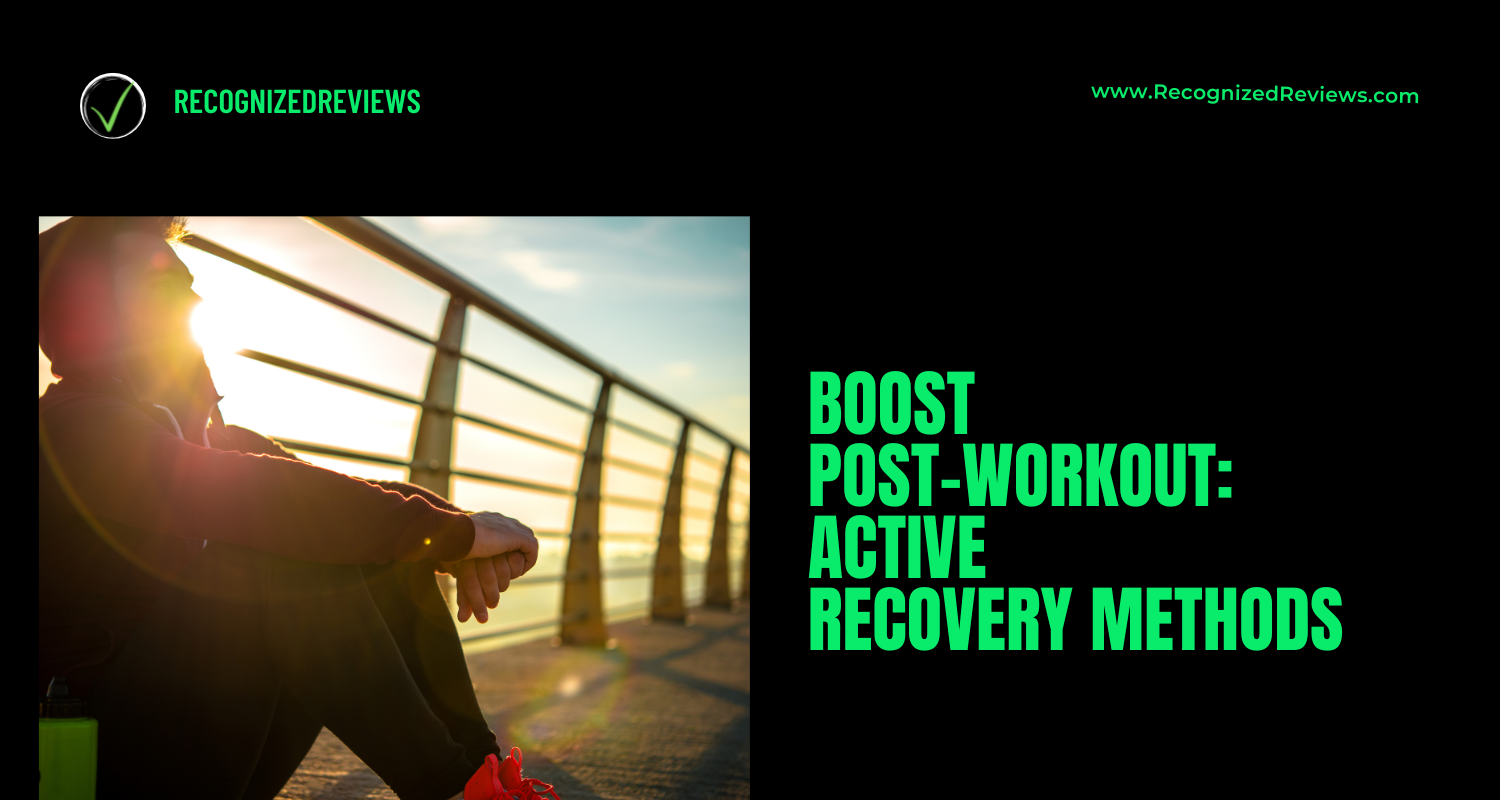Active Recovery Methods: Enhancing Your Post-Workout Regimen

Active recovery is a vital component of any fitness routine, designed to optimize the body's recuperation process following intense physical activity.
It involves engaging in low-intensity exercises and techniques that promote muscle repair, reduce soreness, and prevent injury.
In this comprehensive guide, we will explore active recovery methods, their principles, techniques, and how you can incorporate them into your fitness regimen for improved performance and overall well-being.
Table of Contents
- Introduction to Active Recovery
- The Importance of Active Recovery
- The Science Behind Active Recovery
- Benefits of Active Recovery
- Active Recovery Techniques
- Integrating Active Recovery into Your Routine
- Safety Considerations
- Conclusion
Introduction to Active Recovery
Active recovery is a purposeful approach to post-workout recuperation, where individuals engage in light, low-impact activities to help their bodies recover from strenuous exercise.
Unlike passive recovery, which involves complete rest, active recovery keeps the body in motion at a reduced intensity.
The Importance of Active Recovery
Active recovery serves several essential purposes:
- Enhanced Blood Flow: Engaging in light activity increases blood circulation, which helps transport oxygen and nutrients to fatigued muscles, aiding in the recovery process.
- Muscle Repair: Active recovery stimulates muscle repair and reduces the risk of muscle stiffness and soreness.
- Metabolic Benefits: It can help remove metabolic waste products, such as lactic acid, from the muscles, preventing post-workout discomfort.
The Science Behind Active Recovery
Active recovery operates on the principle of "active circulation."
Light exercise prompts the heart to pump blood more efficiently, facilitating the removal of waste products from muscle tissues.
It also promotes the release of endorphins, which can improve mood and reduce stress.
Benefits of Active Recovery
Reduced Muscle Soreness
- Active recovery can alleviate muscle soreness and stiffness, allowing you to move more comfortably.
Improved Flexibility
- Gentle stretching during active recovery can enhance flexibility and reduce the risk of injury.
Faster Recovery
- Engaging in active recovery techniques can speed up the body's recovery process, allowing you to return to regular training sooner.
Active Recovery Techniques
Low-Intensity Cardio
- Activities such as walking, swimming, or cycling at a slow pace can help keep the heart rate elevated without adding stress to the muscles.
Stretching and Yoga
- Incorporating stretching or yoga sessions can improve flexibility, release muscle tension, and promote relaxation.
Foam Rolling
- Using a foam roller on sore muscles can help alleviate tension and improve blood flow.
Integrating Active Recovery into Your Routine
To make active recovery a regular part of your fitness routine:
- Schedule active recovery days into your training plan, typically after intense workouts or on rest days.
- Choose activities you enjoy to make active recovery more enjoyable and sustainable.
- Monitor your body's response and adjust the intensity and duration of active recovery sessions based on your needs.
Safety Considerations
- Active recovery should be low-intensity and gentle. Avoid high-intensity workouts during these sessions.
- Listen to your body and refrain from pushing too hard during active recovery. It should feel rejuvenating, not exhausting.
- If you have specific injuries or medical conditions, consult with a healthcare professional or physical therapist before implementing active recovery techniques.
Conclusion
Active recovery is a valuable tool that can significantly enhance your fitness journey.
By incorporating light, low-impact activities and techniques into your routine, you can reduce muscle soreness, improve flexibility, and expedite the body's natural recovery processes.
Remember that active recovery is a personalized approach, so adapt it to your needs and preferences.
Make it a regular part of your fitness regimen, and you'll experience the benefits of improved performance, reduced discomfort, and a more balanced and enjoyable fitness journey.
